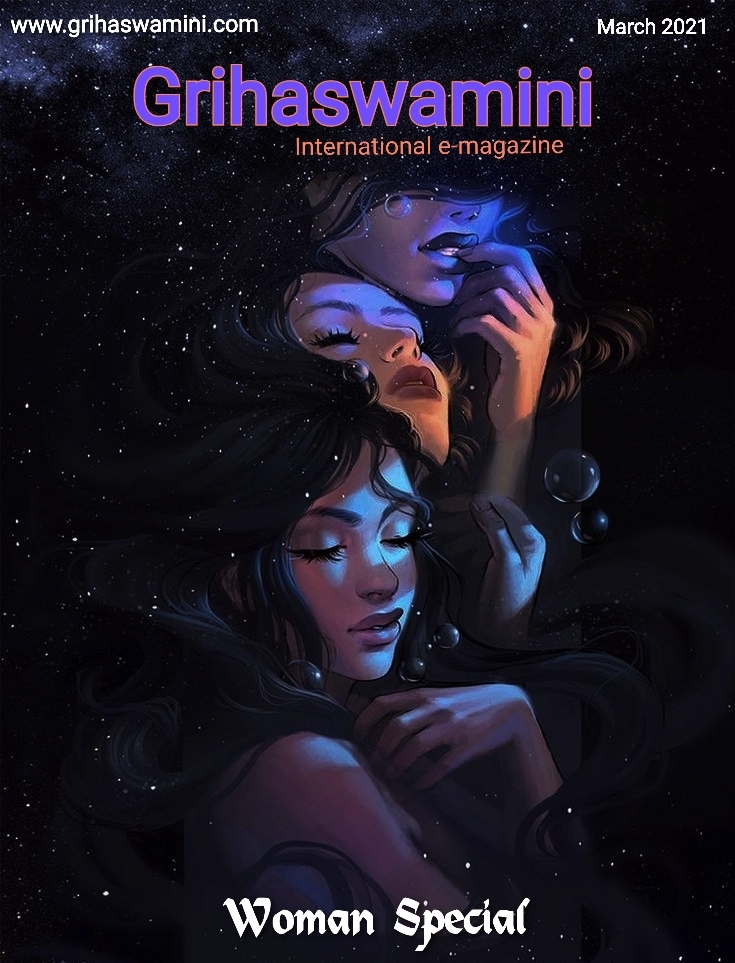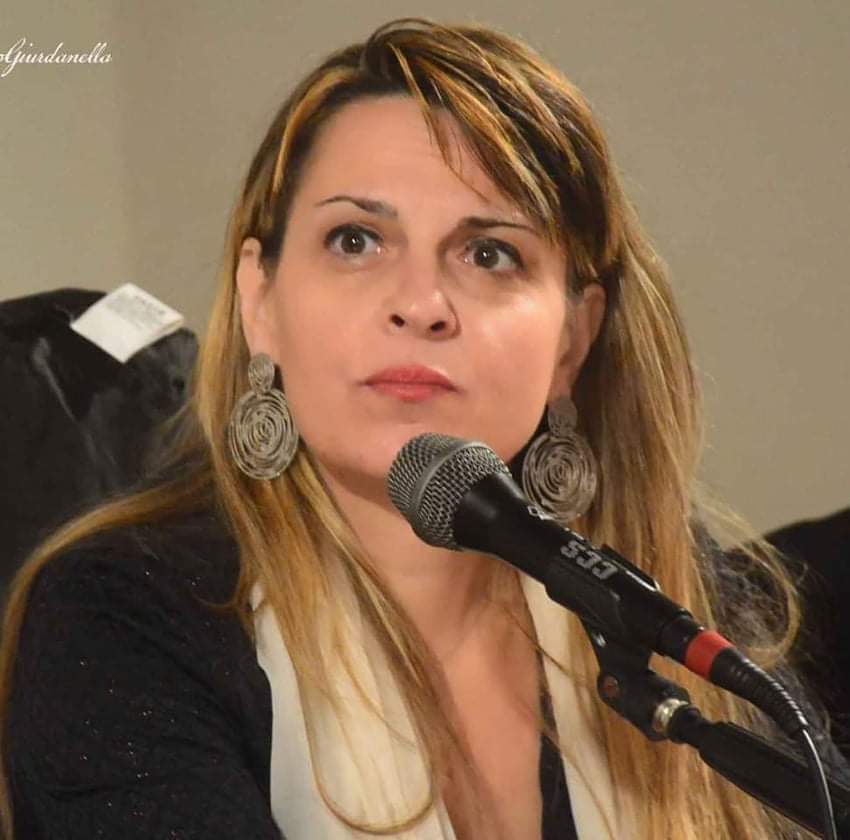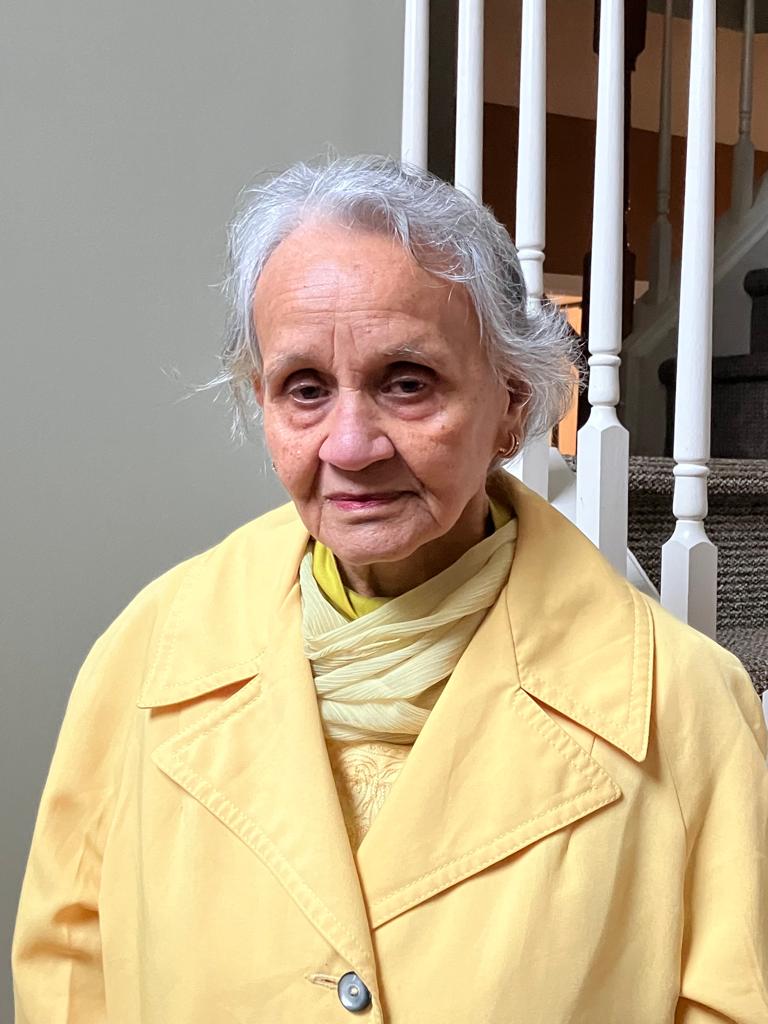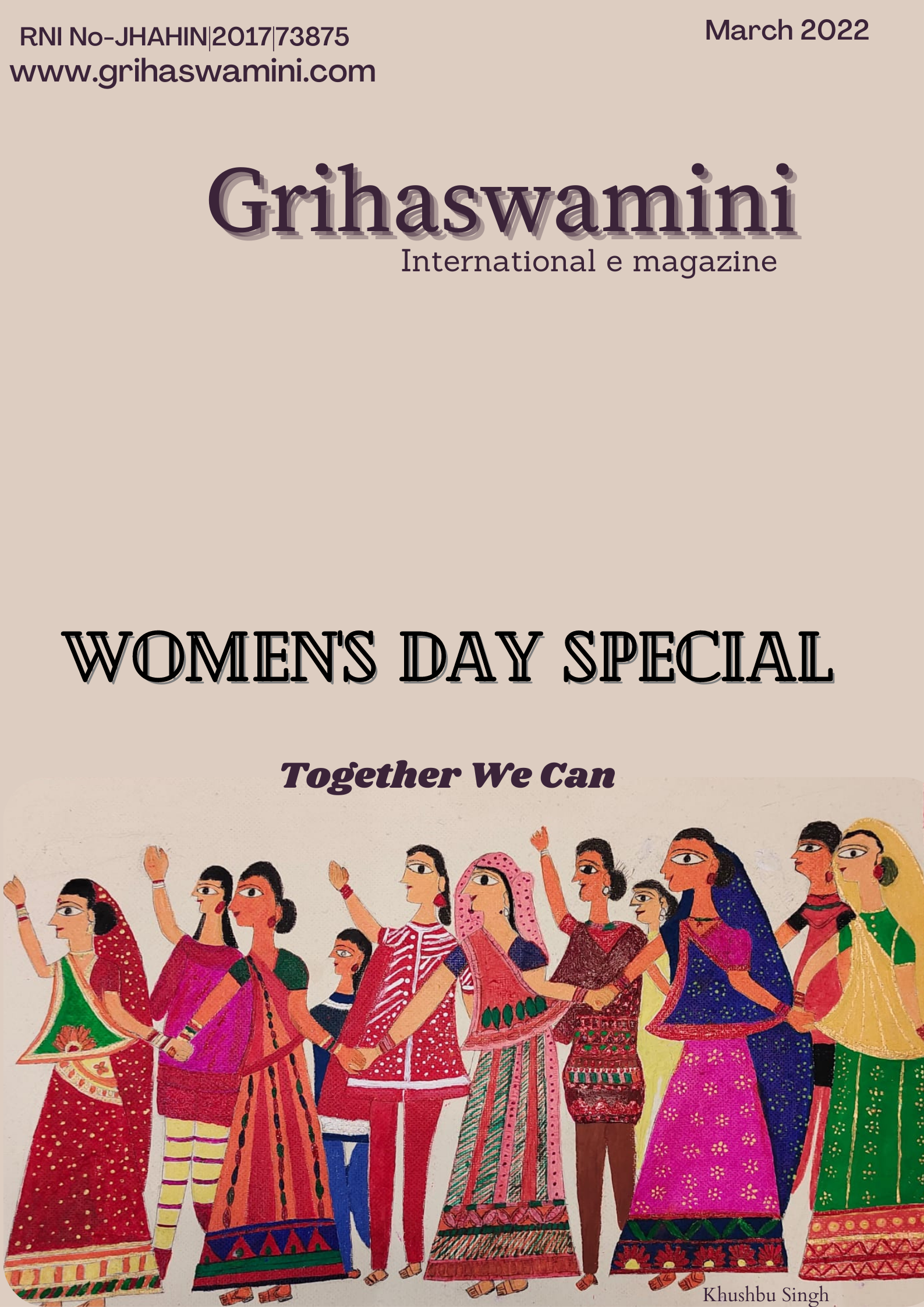The Silent Screams and Contended Smiles – An Ode To Indian Women
I once saw a little girl about 10 years old trying to buy an apple for 5 rupees for her younger brother. I asked her, ‘what about you?’ She sweetly smiled and said, ‘Ma has given only this money for my brother.’ Discrimination against a girl child starts early and is not limited to the underprivileged alone.
A silent scream, a muffled sob as a hapless woman is surreptitiously forced to abort her unborn daughter in a dimly lit room. Although illegal, unfortunately it is still a common sight in our country even in the 21st Century. somewhere else, a dusky daughter of an auto rickshaw driver, is crowned Miss India runner up on a brightly lit glamorous stage.
Two teenage sisters go to the fields before dawn to relieve themselves. The lingering darkness provides them much needed privacy. But, also a cover for a gang of men stealthily stalking them. The young girls are brutally gang raped and killed to destroy any evidence. They scream and resist but no one else is there in that desolate spot to hear or to help them. In some foreign land, Indian women are receiving medals in Olympics and other top level international sports events.
A young bride is burnt for not bringing sufficient dowry. Her screams are muffled with the smoke she inhales. Elsewhere in the country, a team of women scientists is successfully implementing the Mars Orbiter Mission (MOM); also called ‘Mangal Mission. They are launching ‘Mangalyana’- a space probing vehicle to orbit the planet Mars.
An attractive young lady in her early twenties is disfigured for life for rejecting a one sided, unwanted romance. The frustrated man throws acid on her. She loses her beauty but not her courage. She undergoes several surgeries, rehabilitates herself and most importantly starts a movement to ban open sale of acid. She succeeds and is a cult figure now.
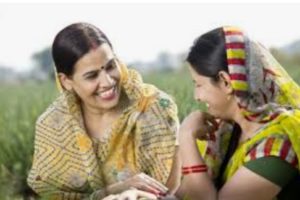
One can go on with several such examples of mindless brutality against women and also about their exemplary successes and achievements. These women come from different economic, social, cultural and educational backgrounds. Some live in rural areas while others stay in cities and some in other countries. But, all of them are united by a single thread of being Indian women.
India is unique. Women have contributed significantly to our culture, civilisation and traditions through ages. To mention a few, we had Gargi and Maitrayi in ancient times. Razia Sultana was a powerful ruler when it was unthinkable to have a woman crowned as ‘king’. Manikarnika – the legendary queen of Jhansi was courage incarnate. Everyone knows about her valour and resistance she put up against the British. She perished in the battle for the love of her kingdom and people. Indian women fought alongside men during our freedom struggle. They were in the Azad Hind army of Subhash Chandra Bose and also protested peacefully alongside Mahatma Gandhi. Sarojini Naidu, Aruna Asif Ali, Capt. Laxmi Sehgal, Rajkumari Amrita Kaur; too many to even try listing them.

Zoom in to more recent times. Indira Gandhi was the first woman prime minister of India, the world’s largest democracy. Even her worst critics accept her contribution in liberating our neighbouring nation Bangladesh. She was hailed as ‘Durga’ stride a tiger and immortalized in a painting by M.F. Hussain.
We had Mrs Pratibha Patil as the first woman President of our country. Earlier Mrs. Sucheta Kriplani was the chief minister of UP in the 1960’s. Durba Bannerjee was the first woman commercial pilot in Indian Airlines way back in 1956. The list is unending. India has produced a plethora of women high achievers in all the fields – freedom struggle, academia, literature, medicine, sports, art, music and dance, administration, diplomacy, army, navy and air force. Certainly, no mean achievement.
Parallely, India has the dubious distinction of having one of the highest crime rates against women ranging from female feticide, female infanticide, rape, disfiguration with acid throwing, dowry deaths and domestic violence. If a girl child somehow manages to be born, survive the crimes mentioned above, she still has to fight for gender equality starting from nutrition, education, employment and promotions et al.
This sorry state is prevalent despite our extremely progressive Constitution, which grants Equality under Article 14 to all citizens irrespective of their gender, religion, caste, creed or age. There are provisions conferring special privileges to women, backward and less educated classes in areas of employment, parity in pay, maternity benefits and humane conditions at work places. The Constitution of India gave Indian women the right to vote more than seven decades ago.
Elsewhere in the world, women had to fight for these rights. Around 108 years ago (in 1909), 15,000 women belonging to the Socialist Party of America protested against low pay, long work hours and for the right to franchise. In 1911, amid raging violence of the first world war, women organised pacifist protests in Russia, Germany, Austria and Switzerland. Recognition finally came in 1913, when 8th March was declared as the International Women’s Day.
Two important issues arise in this context. First, why should International Women’s Day be celebrated at all? And second, how relevant is it for Indian women?
Answers to the first depend on the individual’s beliefs and values. Feminists would say, ‘Why just one day? Each day should be Women’s Day. She is the creator and the nurturer – incarnation of Shakti. All days belong to her.’ The rationalists may say, ‘At least 150 days in a year should be women’s Day because they constitute 50% of the world population.’ Critics may instead say, ‘What difference does one day make when in reality women are second class citizens and feel unsafe all the time.’ All have some merit.
The rationale behind choosing one international day for a specific purpose like Women’s Day, Mother’s Day, Language Day, Coffee Day etc is symbolic; it focuses attention on concerns, on ‘an’ issue simultaneously all over the world. It is like switching off lights for an hour all over the world as per the time zones. The impact is forceful. It does not of course mean the issue is not relevant on the rest of the days of the year.
The second is about the relevance of ‘Women’s Day’ in India.
Examples above have shown there is a vast disparity between the Constitutional rights guaranteed to women in India and the stark reality on ground. I am reminded of a heart rending poem, where the poet cries out in favour of child marriage because the reality is so frightening for a girl child in our villages. While the poet’s agony is understandable, under no circumstances something as retrograde as child marriage can ever be defended.
Here comes the issue of social responsibility of writers, creative artists, people working with audio-visual media, social activists and politicians; anybody who is in a position to mould public opinion and attitudes. Writers and creative artists are often blessed with incisive perceptions and a deep insight into social and cultural issues. They must not give in to the temptation of either maintaining status quo or even remotely hint at retrograde moves detrimental to women even if they temporarily feel pessimistic about the existing reality. Their positive contribution towards uplifting the condition of women is crucial to bring about desired social changes. Everyone has to rise and work on creating awareness in making this country and the world a safe place for women.
Let us also introspect our role as women. Often a woman is supposed to be a woman’s worst enemy. The reference is not to the ‘ill tempered and manipulative’ mother in law. Think about the responsibility of a mother, who is also a woman? Mothers subconsciously perpetuate the same prejudices and gender biases which have plagued them since their birth and childhood, like the opening example I have given in this article.
We are living in changing times. Values evolve. Today, it is accepted that men and women play an equal role in society. Why not instill this right from childhood? Unfortunately, gender bias starts at home and in early childhood. Instances are many; I give one. Unknowingly we choose certain types of games, toys and extra curricular activities for our daughters. Girls are expected to play with dolls, have a toy kitchen, and learn cooking. Boys are encouraged to play doctor or engineer or a police officer. We decide their destination even before they reach the door steps of life. Time to change our mindset has come.
My mother often exhorted me to learn cooking when I was growing up. Her refrain being what my in-laws would say otherwise. In Europe and the USA all children are expected to learn cooking in school and at home irrespective of their gender; a big step in becoming self reliant. Even Indian men become excellent cooks in these countries but forget their culinary skills the moment they come back home.
Moreover, a mother is the first teacher for any child. She has the responsibility to teach her sons to respect all women ab initio. Most parents focus on protecting their daughters but feel the sons can fend for themselves. Young boys are taught to respect their mothers and sisters but that does not extend to all other women. The perpetrators of abominable crimes against women are after all someone’s son, brother, husband or father. Their mothers have to share a portion of the blame for their faulty upbringing.
The challenge before us, as a nation,is to ensure effective implementation of the rights enshrined in our Constitution. We need to provide proper nutrition, education and equal opportunities for all children, especially for the girl child. As long as parents continue to focus on marriage as the ultimate goal for their daughters and ‘buy’ grooms for them in the dowry markets, these ills will persist. Daughters will remain a burden and the rest will follow. Instead parents must provide equal opportunities within their means to their children irrespective of their gender. Instead of ‘a good marriage’, ‘being self reliant’ has to be the goal for girls as it is for boys. The first need is to change our attitude and thinking.
There is an imperative need to create and sustain a support system for the underprivileged women and victims of crimes. The NGO’s (Non Government Organisations) and SHG’s (Self Help Groups) play a huge role here. In fact many of them are already doing yeoman’s service in this field. The need is to have many more.
The laws are there.There is 33% reservation for women in Panchayati Raj institutions, local bodies and also in the political institutions at the state and the central levels. Let’s encourage our women to actively participate in all these.
Eventually, it is a question of our perception. Is the glass ‘half empty’ or ‘half full’? I have personally seen enormous changes in the last six plus decades. We were barely 21 women officers in a batch of about 150 IAS officers way back in 1972. Teaching and medicine were considered to be the occupations traditionally meant for women. Kiran Bedi, my batchmate, had qualified for the IPS, but was offered one of the Allied services ( Indian Audit and Accounts Service, Indian Revenue Service etc.) as the IPS had not been given to any woman till then. Kiran not only insisted on getting the IPS alone but threatened to fight for it legally, if denied. Eventually, she became the first woman IPS officer of India with an outstanding and glorious career. She has definitely overshadowed many men IPS officers of not only her batch but all batches put together. After Kiran, many women joined the IPS and are doing extremely well.
Some of us have been fortunate in becoming torch bearers and role models for many women who aspire to join the IAS, IPS and other civil services. Indian women have broken many glass ceilings. They have challenged and successfully invaded practically all male bastions. But, off course, a lot more needs to be done.
In conclusion, we have to train our daughters to be fearless, resilient, confident and self-reliant as they navigate the uncharted ocean called life. Nothing can defeat you unless you concede defeat yourself. Meaning of a special day for women will then serve its purpose.
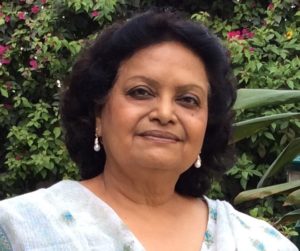
Neerja Rajkumar
IAS (Retd)
Retd Chief Secretary of Karnataka
Gurgaon, Haryana
I was born in Rampur (UP), brought up and educated in Lucknow. Did my MA in Psychology from Lucknow University and M. Phil. from the IIPA, Delhi. I joined the Indian Administrative Service in 1972 and worked as a Management Trainee with the DCM group of industries for a year before that. Held important assignments both in Karnataka at the state level and Government of India at the central level. Deeply interested in reading, writing, Hindustani vocal music and travelling. Retired as Chief Secretary to the Government of Karnataka and have now settled down with my husband and batchmate Mr. Falguni Rajkumar in Gurgaon.

